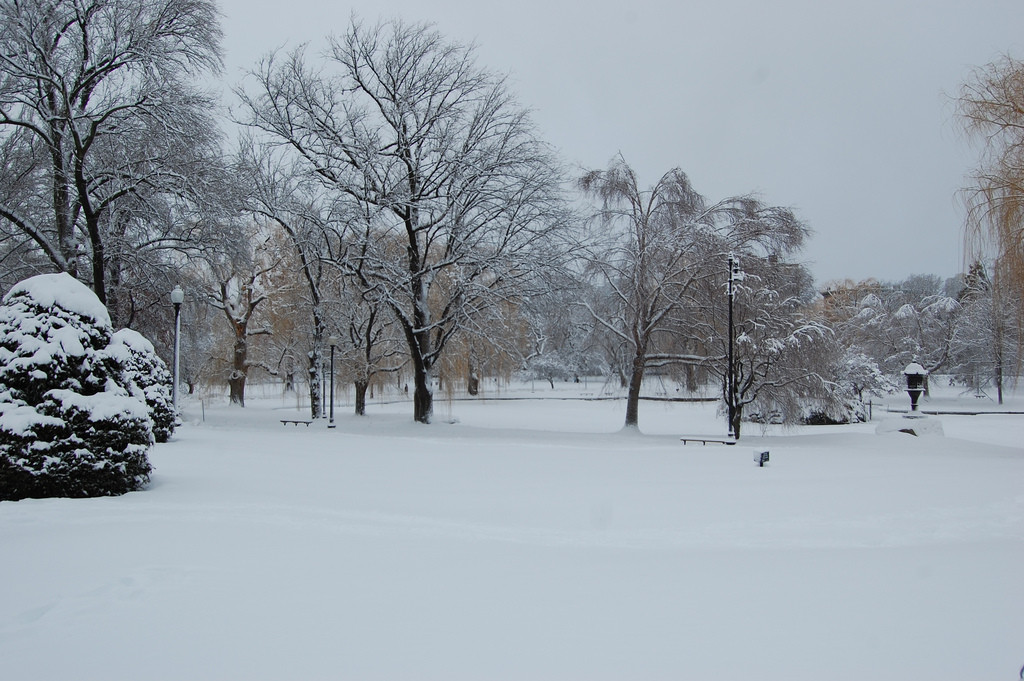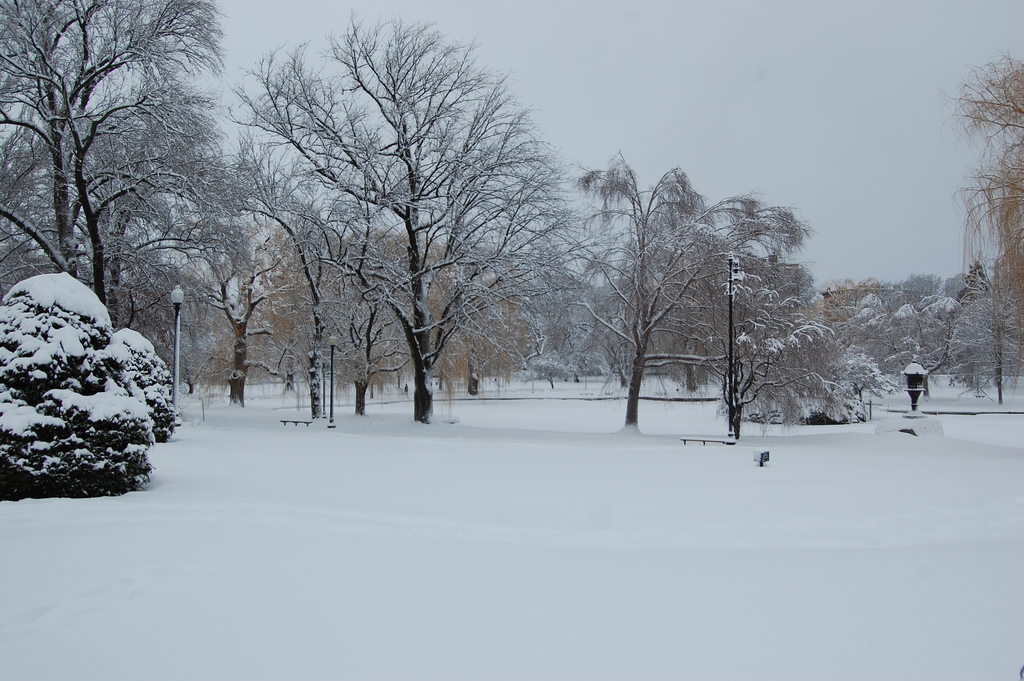
This winter filled with endless snows and bone-chilling temperatures makes it difficult to focus on a warming climate. But the truth of the matter is that the warming climate is playing a major role in our harsh winter weather.
The Northeast’s prolonged cold weather, the drought in California, and poor snowfalls and rising temperatures in Alaska are interrelated. Several recent studies indicate that warming in the Arctic is wreaking havoc with the jet stream. Climate changes in the Arctic are much more dramatic than in the middle latitudes and this results in deep waves in the jet stream that meander across the country and lead to patterns of extreme weather across the United States.
In Alaska, the rate of warming has been twice the national average for the past 50 years. Average winter temperatures have increased by as much as 6 degrees over that time period.
One result of a warmer, less snowy winter in Alaska is that this year the starting line of the Iditarod Trail Sled Dog Race has been moved about 300 miles north to Fairbanks for only the second time in the 43-year history of the race. Normally, the 1000-mile race begins in Willow, a town just north of Anchorage. But this year, there just isn’t enough snow to safely begin the race there.
As residents of Boston struggle with vast quantities of snow clogging streets and sidewalks, Alaskans cope with a strangely warm winter. There is global warming, but the real consequences are global climate change.
**********
.
Web Links
Dog Days of Winter? Alaska’s Lack of Snow Forces Change in Iditarod
Harsh winter in Eastern US result of warming Arctic and shifting jet stream
Photo, posted January 12, 2011, courtesy of Jeremy T. Hetzel via Flickr.
.
Earth Wise is a production of WAMC Northeast Public Radio.
